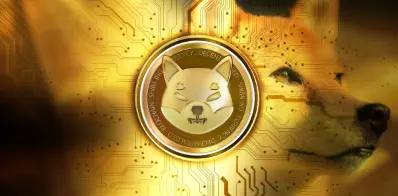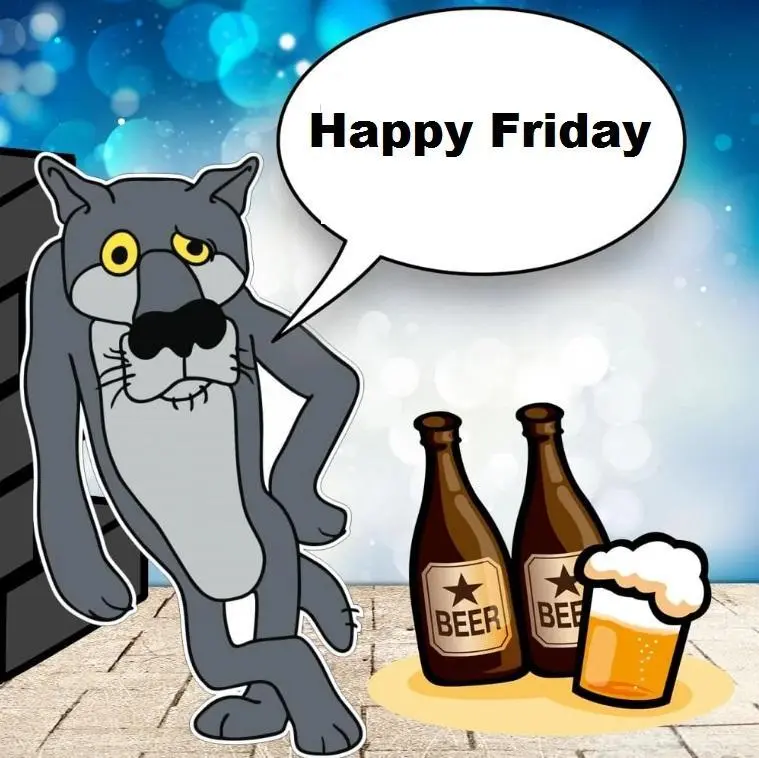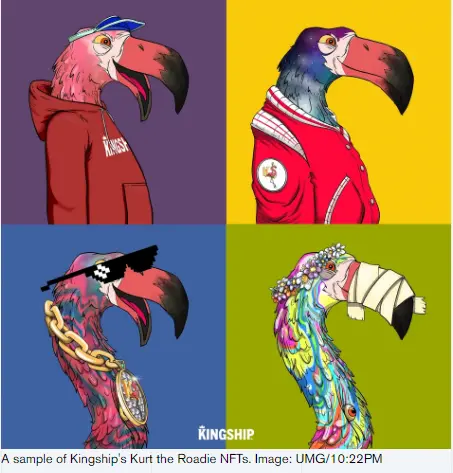
While non-fungible tokens (NFTs) are often associated with JPEG images, their real-world use cases continue to grow. As interest in digital collectibles surged last year, much of the focus was on profile picture (PFP) NFTs, or NFTs that can be used as avatars on social media. Influenced by Larva Labs’ successful NFT project CryptoPunks, PFP projects quickly dominated Twitter and marketplaces like OpenSea during the peak of NFT hype. Other types of NFTs, like generative art, have also swelled in popularity in recent months. Art-focused NFT projects remain popular among collectors, though many creators are adding on real-world experiences and rewards to their digital collectibles. This concept is referred to as utility, which gives the digital asset broader value beyond being just a collectible. Whether the additional value is a physical item or a membership to an event or website, utility NFTs present significant opportunities for brands and creators to expand the use cases for NFTs. What are NFTs? NFTs are crypto assets that represent a unique item, whether that be a real-world object like a sneaker or a digital asset like a blockchain game skin. These tradable assets cannot be interchanged with one another, and data about the NFT is stored on the blockchain via smart contracts. Because NFTs are minted and tracked on the blockchain, they are often used to verify the authenticity and ownership of a particular asset. How to add utility to NFTs Utility NFTs enhance the concept of digital collectibles by providing holders with real-world rewards and other privileges linked to ownership. Instead of looking at NFTs as just collectible artwork, they can be used for a variety of practical applications, like acting as a ticket to an event or providing a holder with long-term membership to a club. Some NFT projects, like Bored Ape Yacht Club (BAYC) and Doodles, launched as PFP artwork and gradually began adding utility for holders, like exclusive access to branded parties or meetups. Other NFT projects add utility from the start, like Coachella Collectibles, which grants holders a lifetime pass to the music festival, alongside other benefits like unique on-site experiences and physical goods. Utility as access to events and locations Some of the original utility NFTs functioned as access to unique platforms. One of the most common digital access features provided by utility NFTs is access to exclusive Discord channels. As utility NFTs have evolved, they’ve also presented new ways to provide holders with digital access to events and platforms. Americana, for example, is an online marketplace for physical collectors seeking luxury items, similar to resale sites like Grailed or StockX. To buy or sell items with Americana, users are required to hold a Something Token (their native NFT) to signify their membership to the ecosystem. Another example is Token Proof, a token gating platform and app, where users can verify the ownership of their NFTs and access real-world events without connecting their crypto wallet. Entrepreneur Gary Vaynerchuk, as another example, issued tickets to his VeeCon crypto conference using utility NFTs. Beyond ticketing to one-off events, utility NFTs are also frequently used as membership cards for exclusive clubs or restaurants. NFT social clubs have created more long-term options for NFT holders looking to meet up with their community and collaborate in the same space. And earlier this year, internet collective Poolsuite launched Manor DAO, which will provide token-gated access to a property they plan to purchase called Poolsuite Manor. In addition, Vaynerchuk recently announced the launch of a New York seafood restaurant called the Flyfish Club that can only be accessed by NFT holders. NFTs linked to real-world items While token-gated access through utility NFTs presents a unique way for communities to come together, some NFT projects are also linking physical and digital rewards to NFT ownership. PROOF collective, for example, uses NFTs to provide holders with a range of benefits, including access to future PROOF NFT drops like the popular Moonbirds PFP project. And more often, both Web2 and Web3 brands have used utility NFTs to reward their holders with physical items like apparel. Adidas, for example, created a custom line of crypto-themed clothing specifically for holders of their Into The Metaverse community, while Nike’s digital fashion brand RTFKT allowed holders of the CloneX collection to “forge” their digital tokens into physical goods. As the application of utility NFTs continues to grow, they can be used by a range of industries to provide holders with anything from access cards to discounts in-store, ensuring that NFTs retain value for holders long-term. By Griffin Mcshane, AccessTimeIconNov 16, 2022, https://www.coindesk.com/web3/2022/11/16/what-are-utility-nfts/



